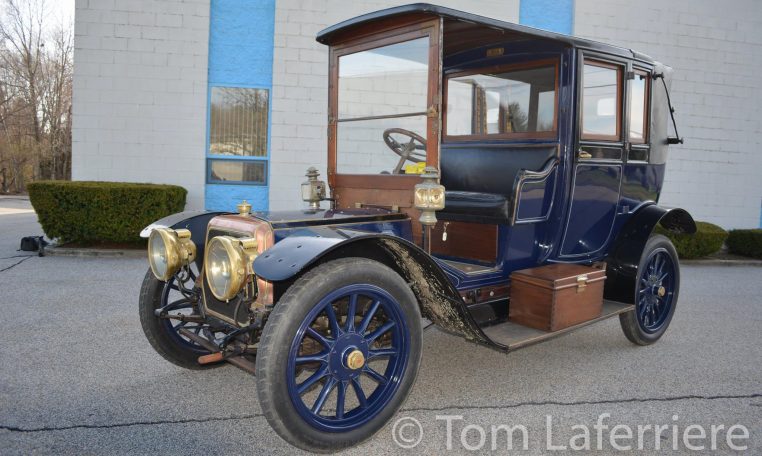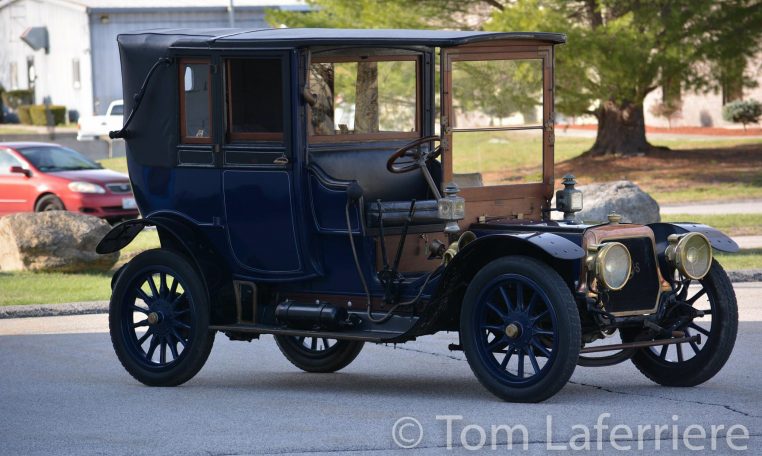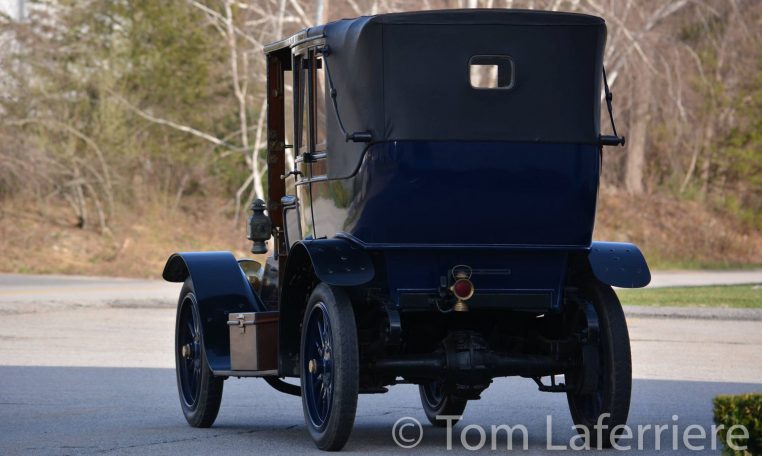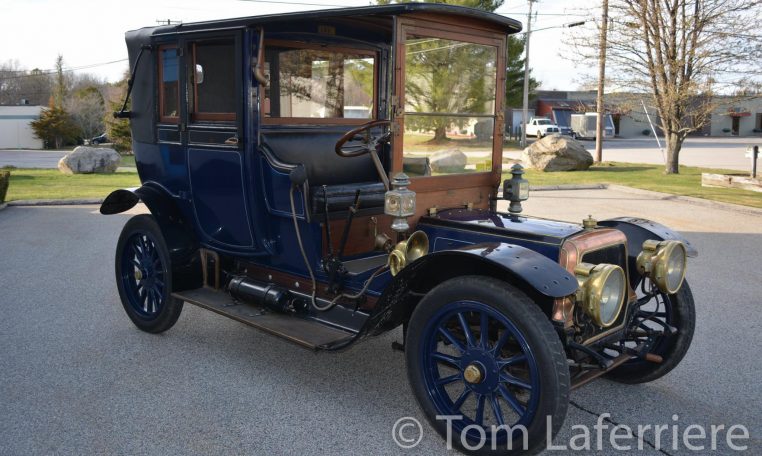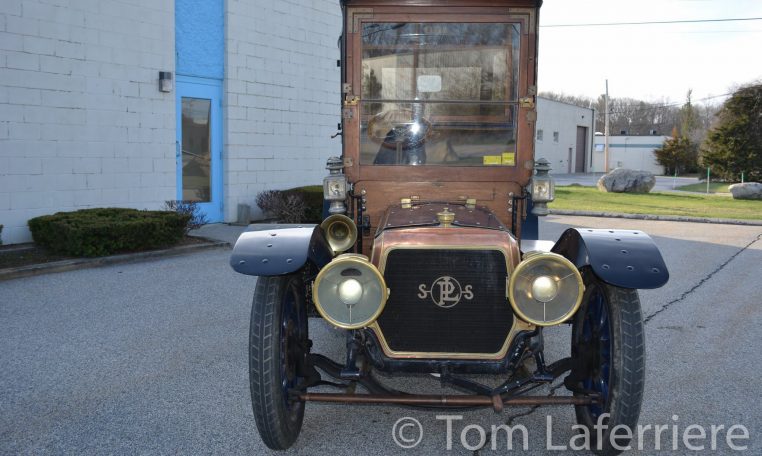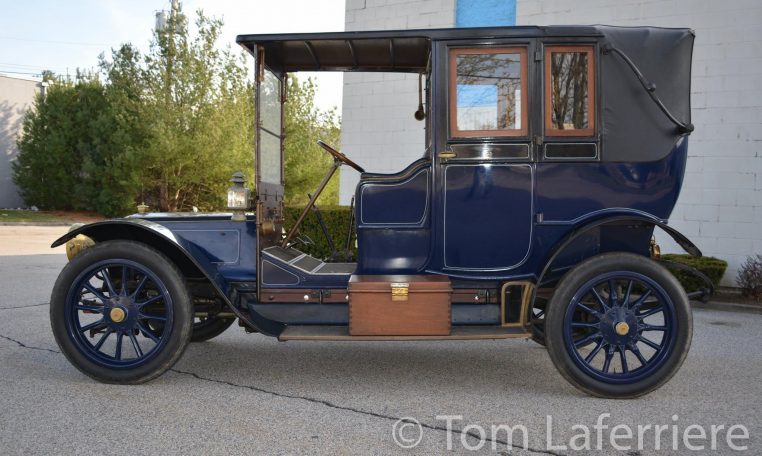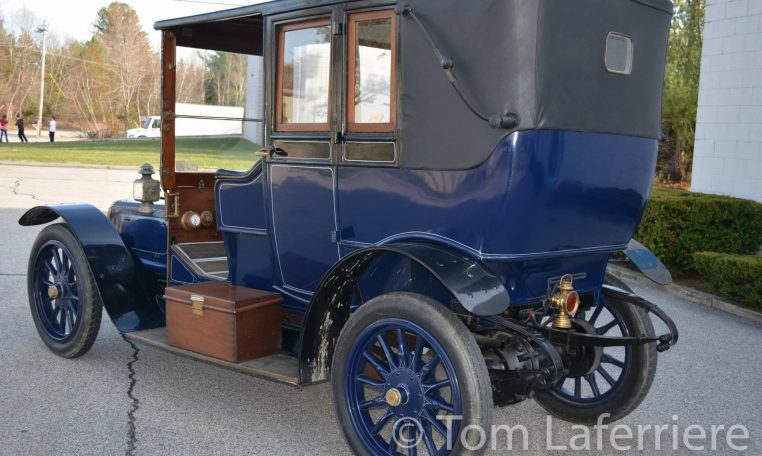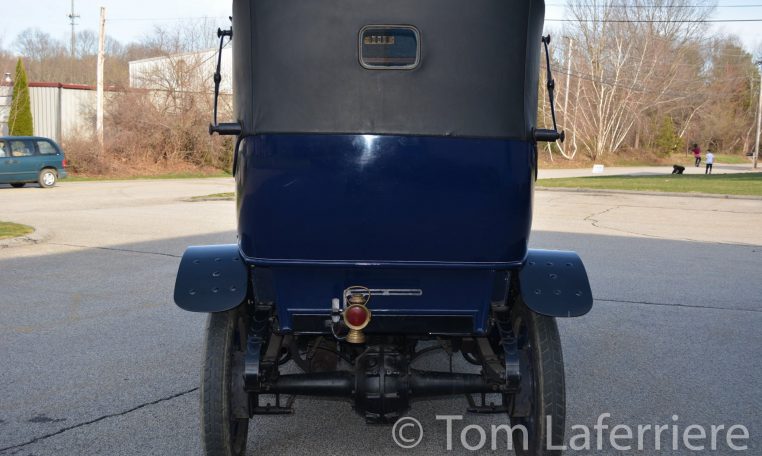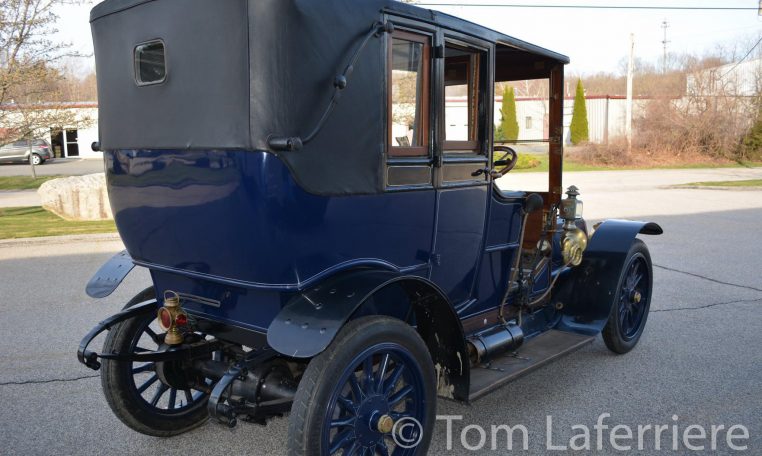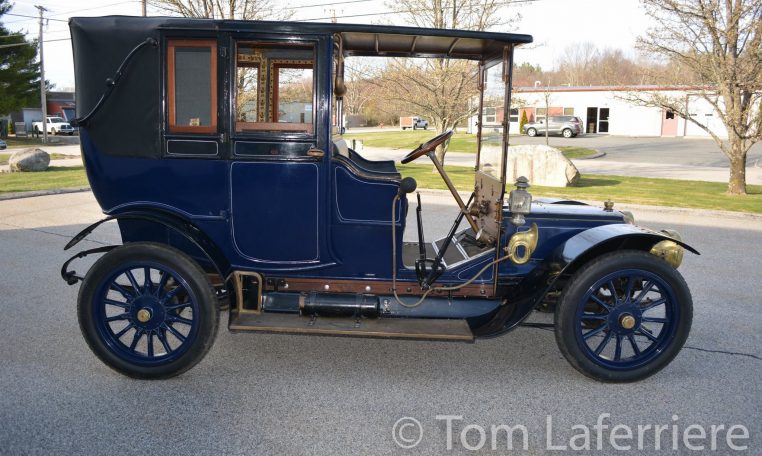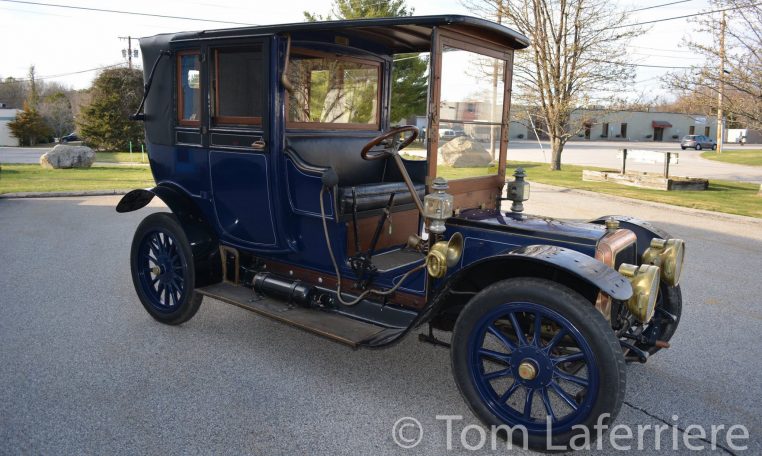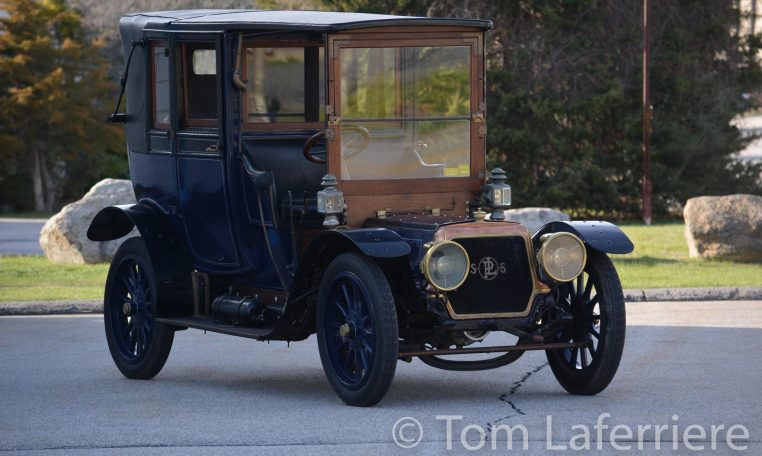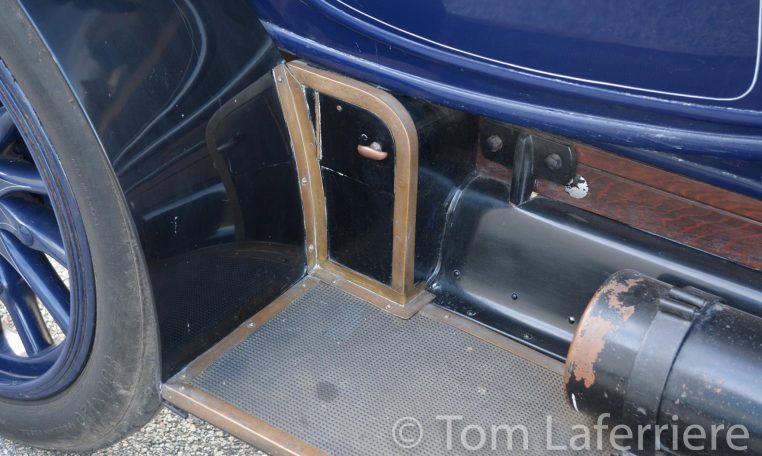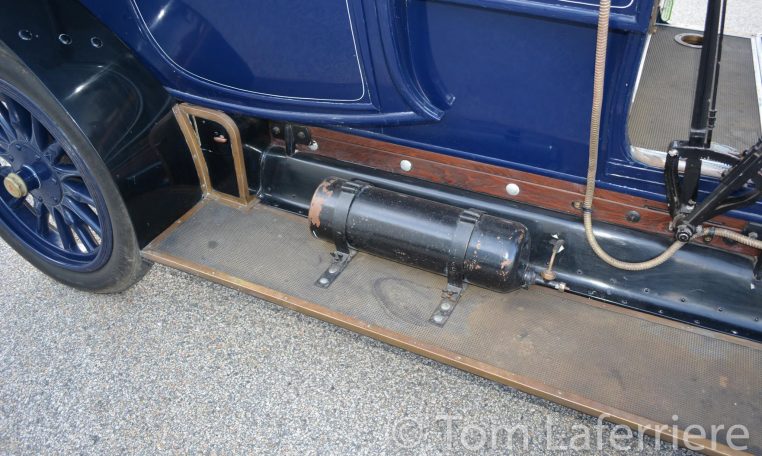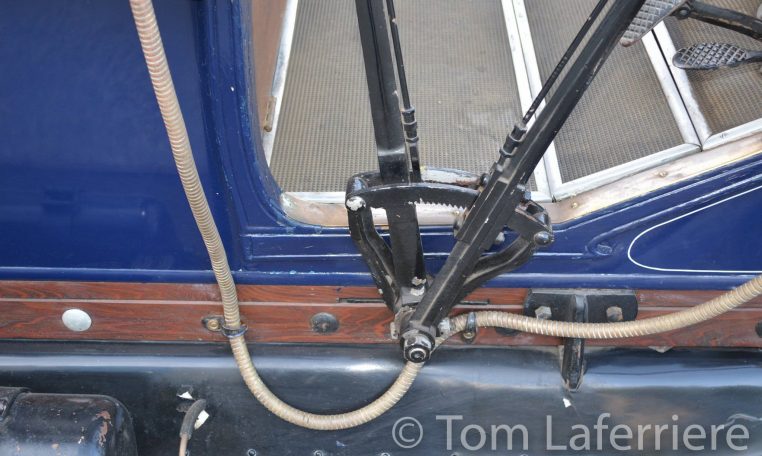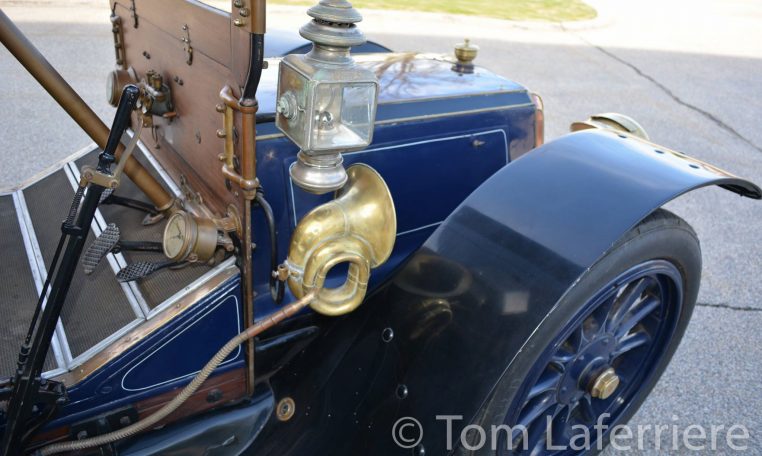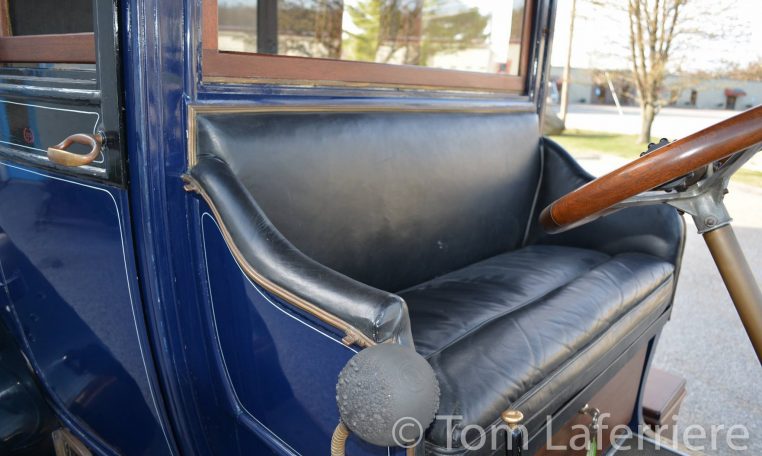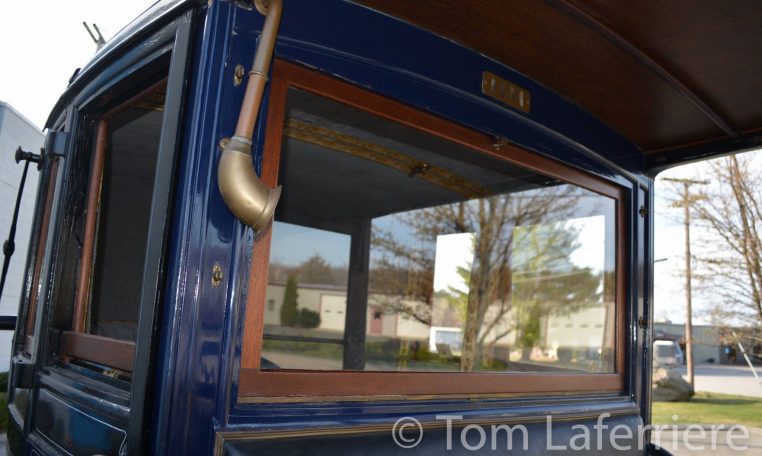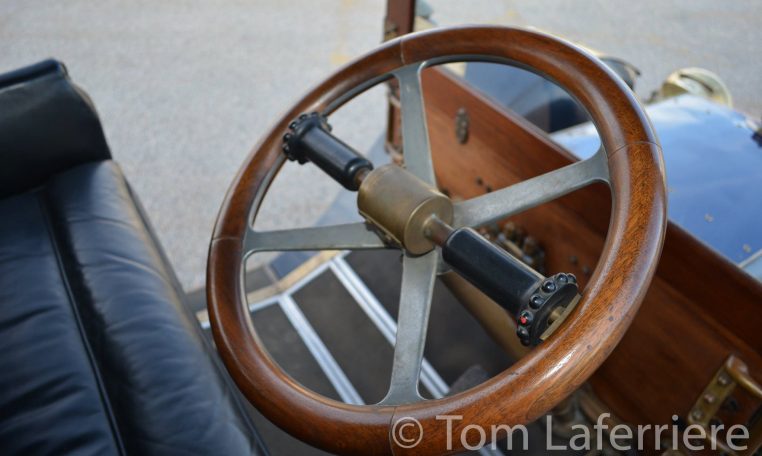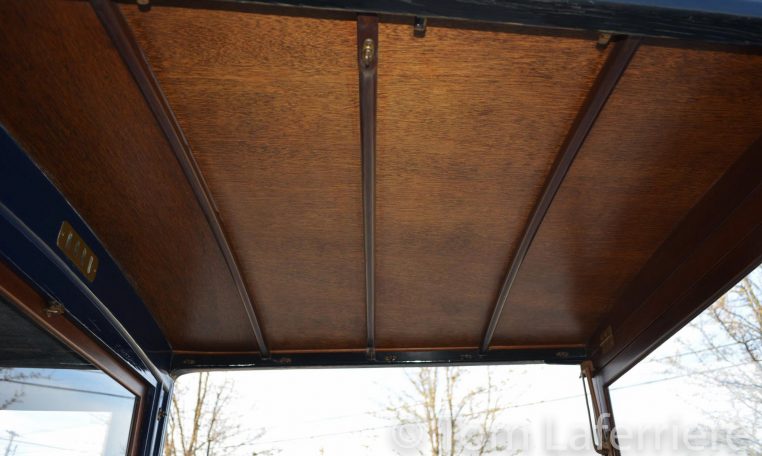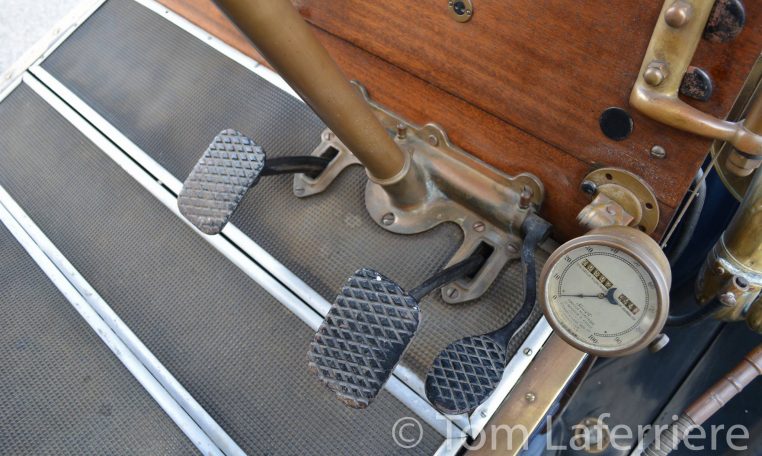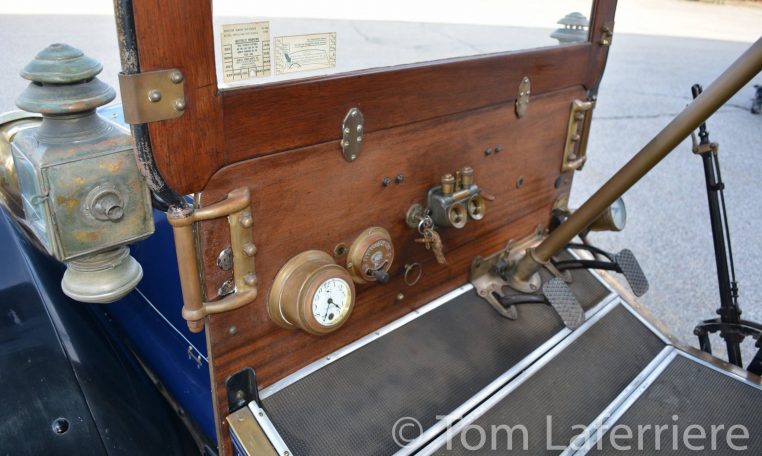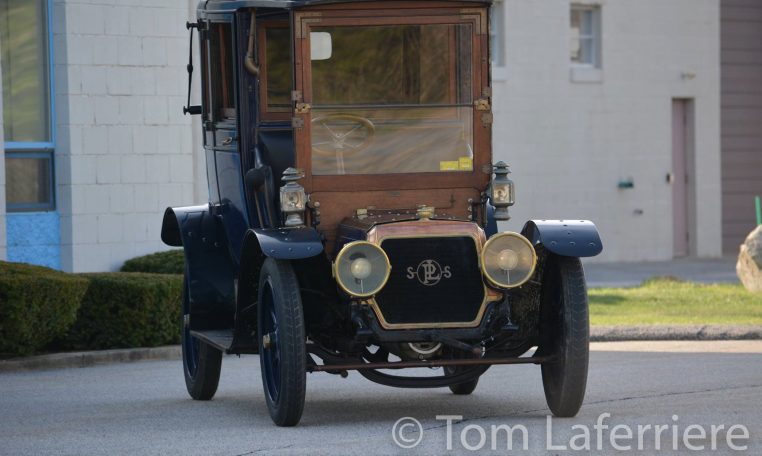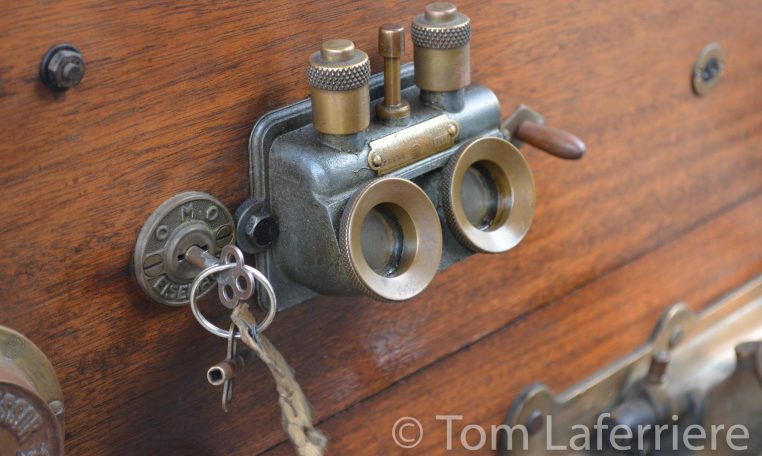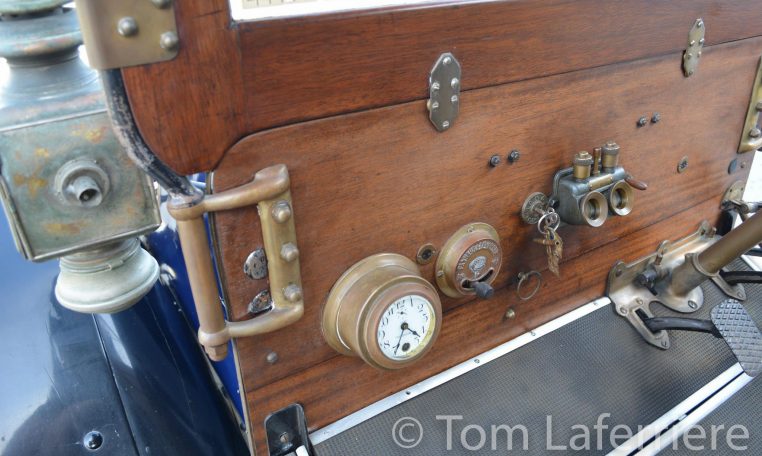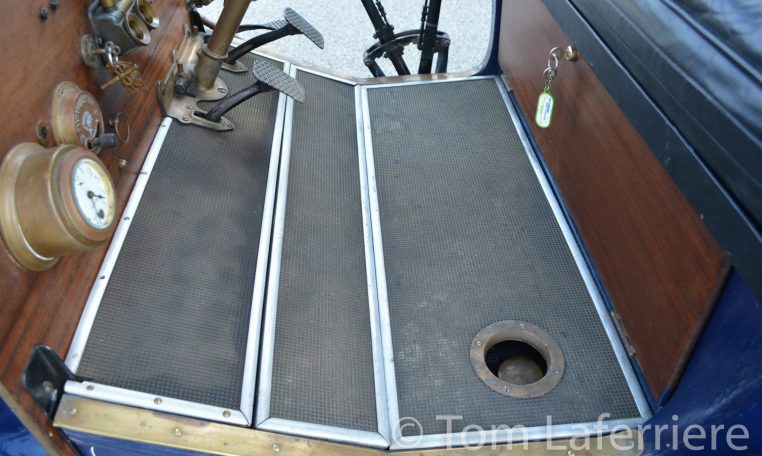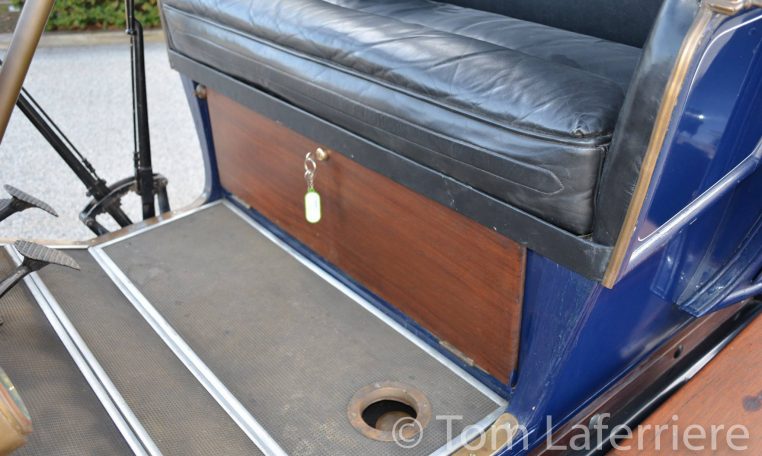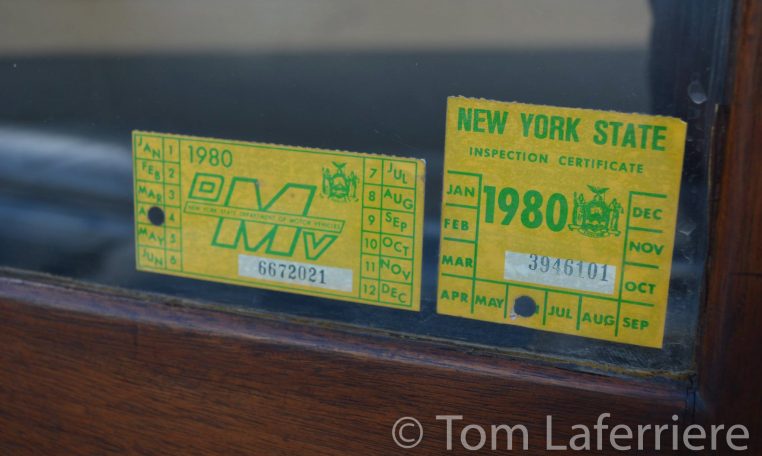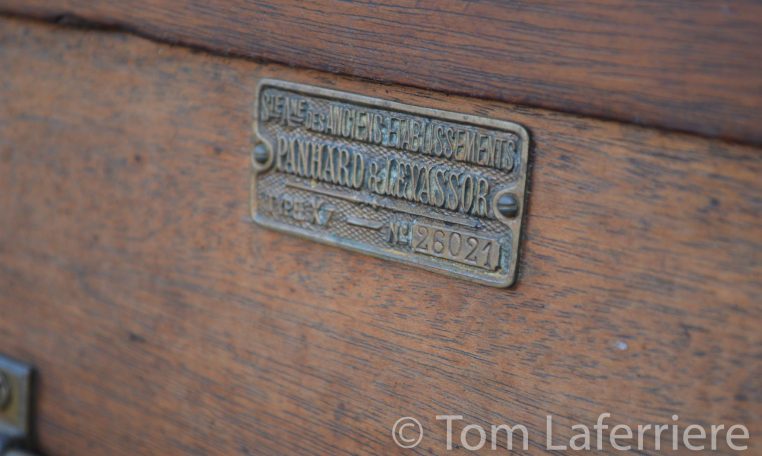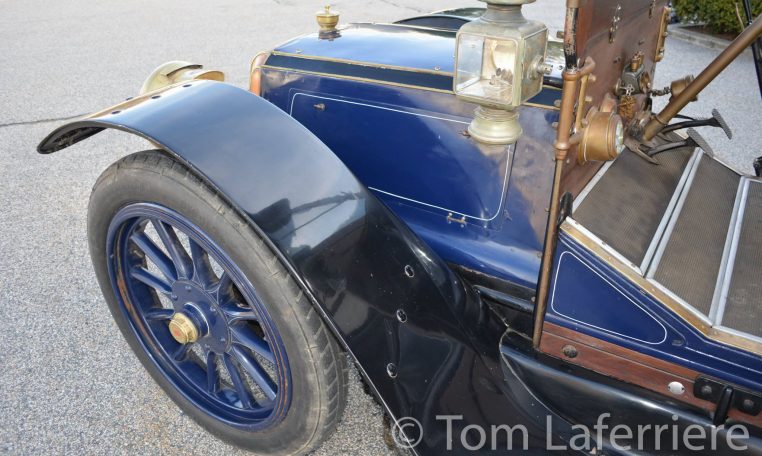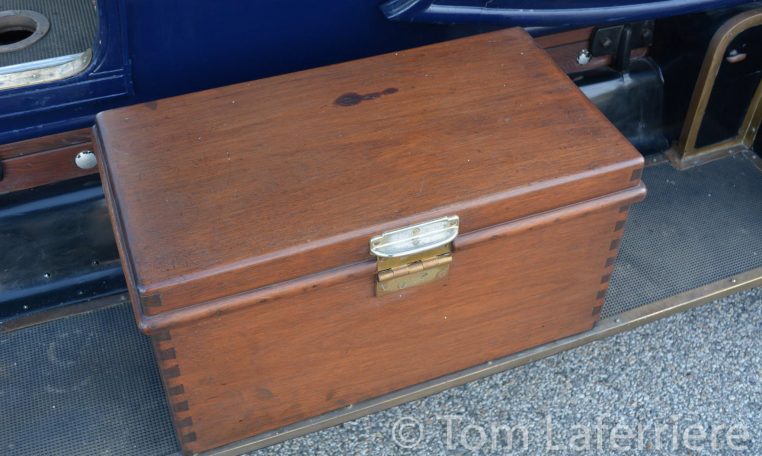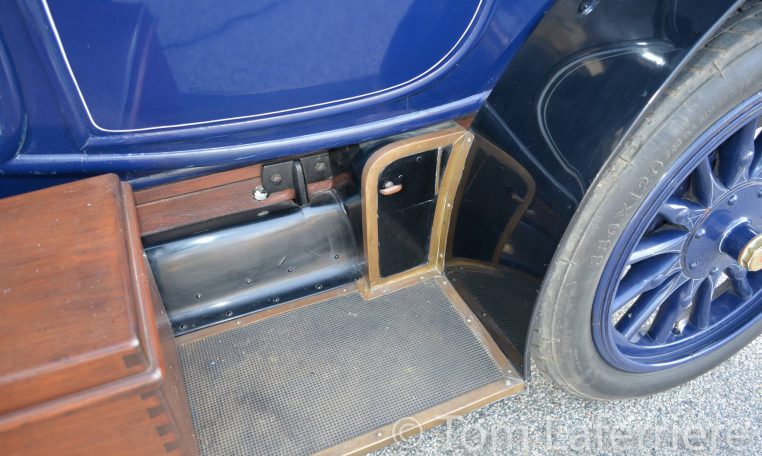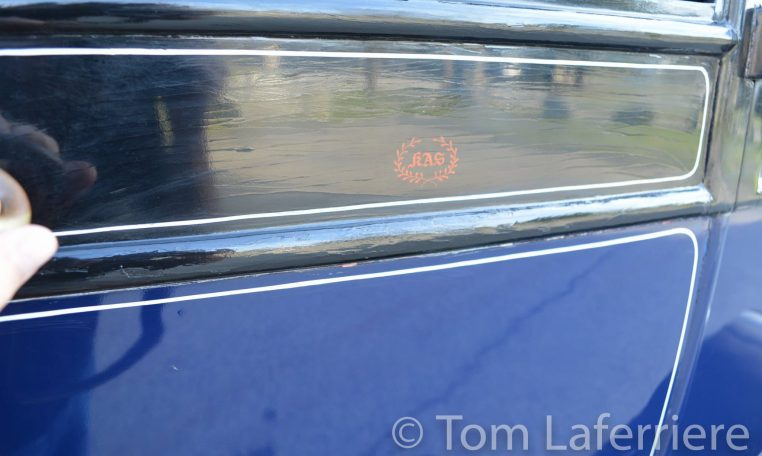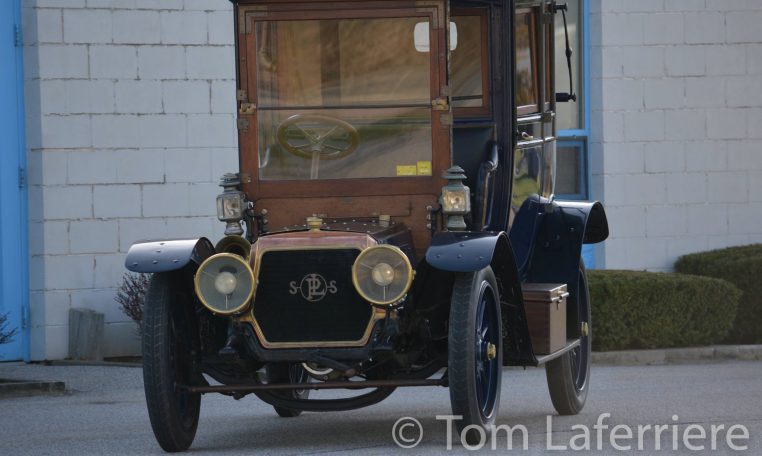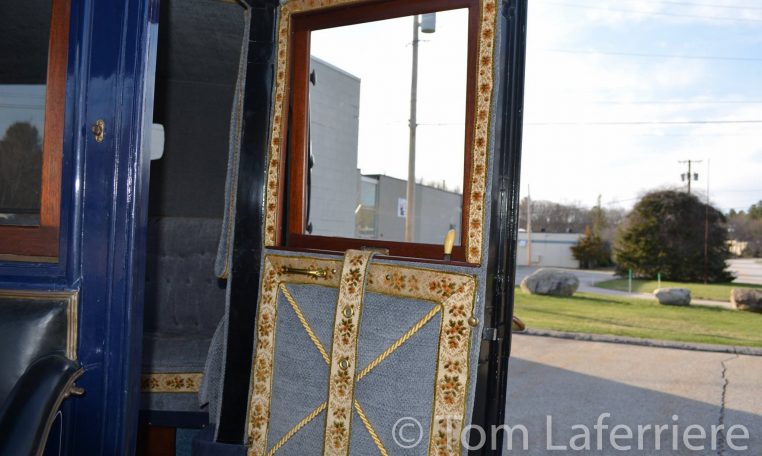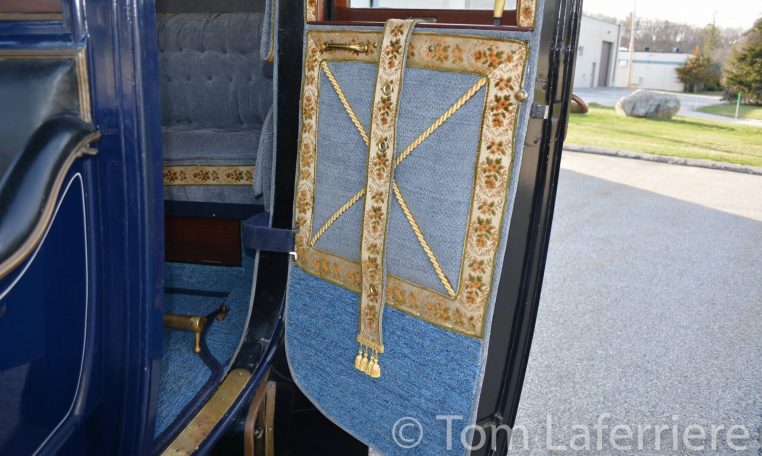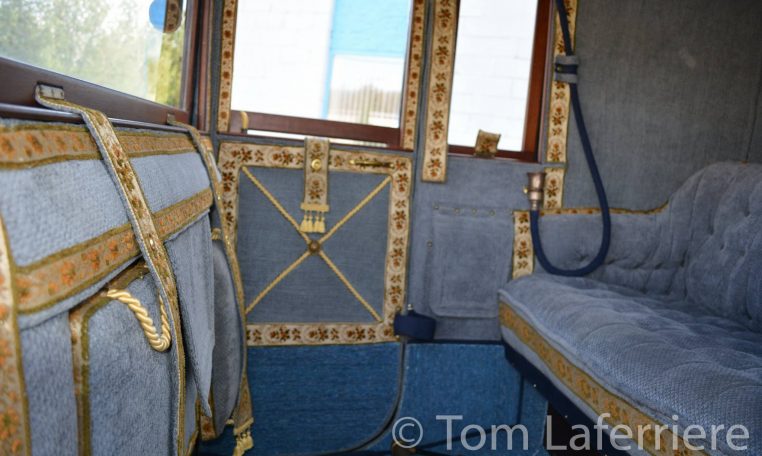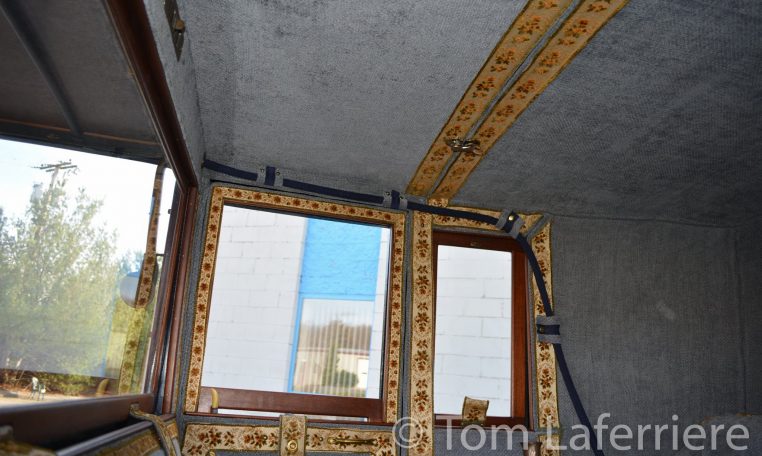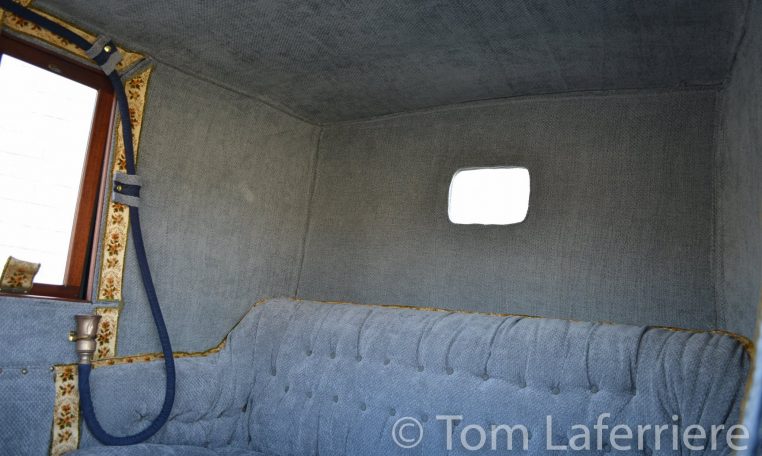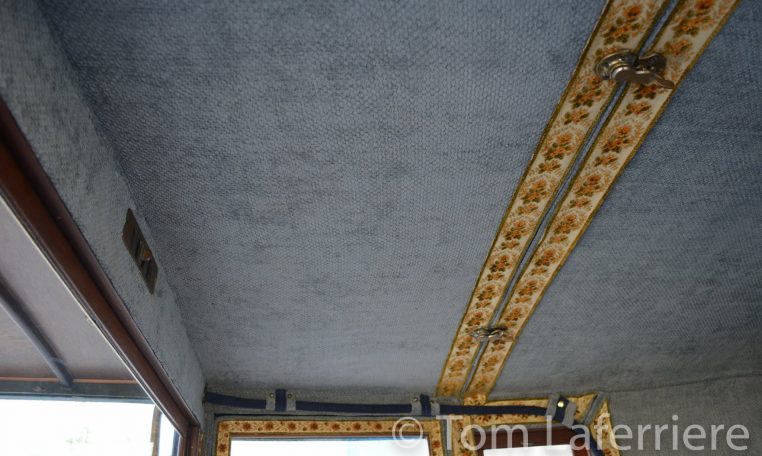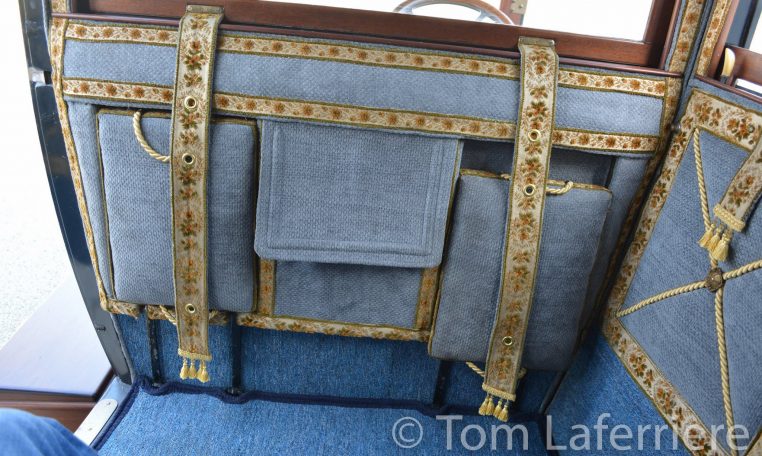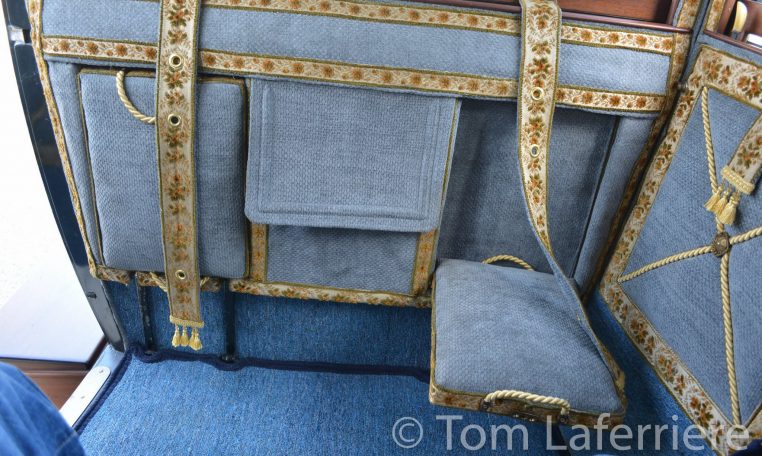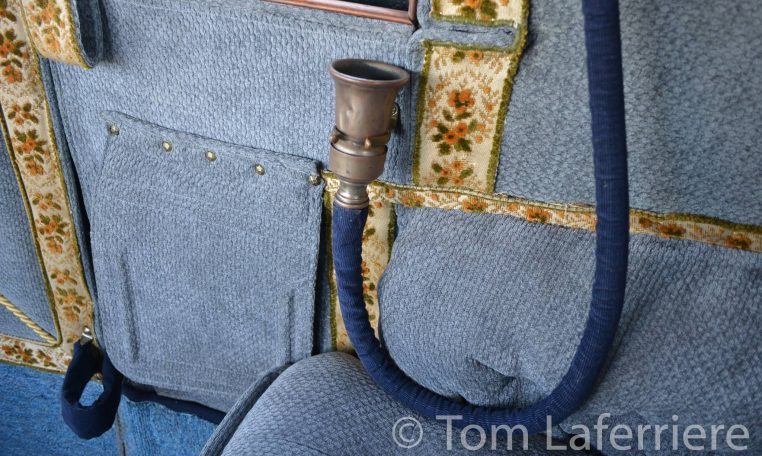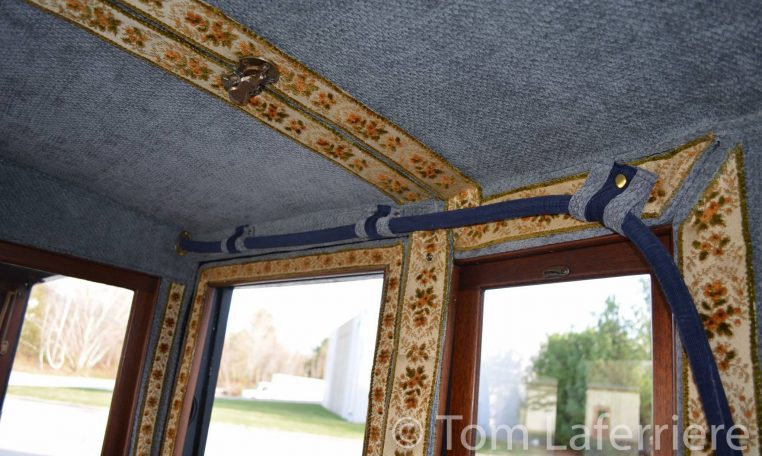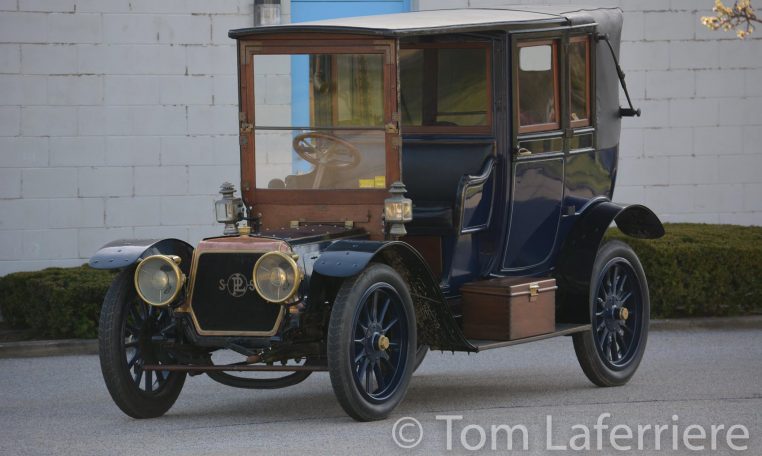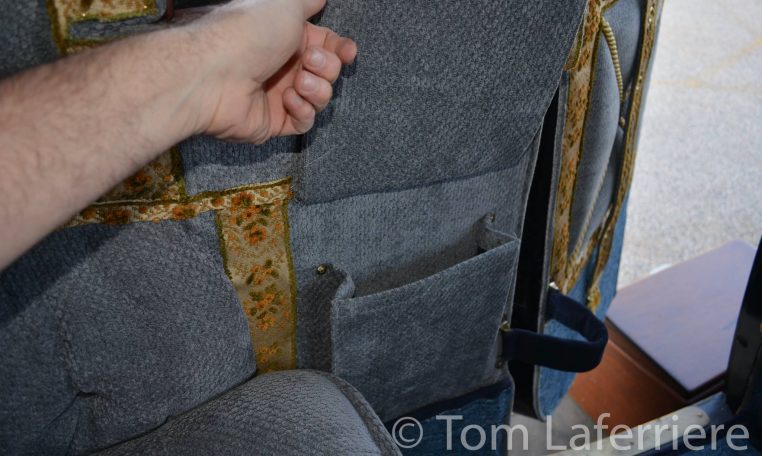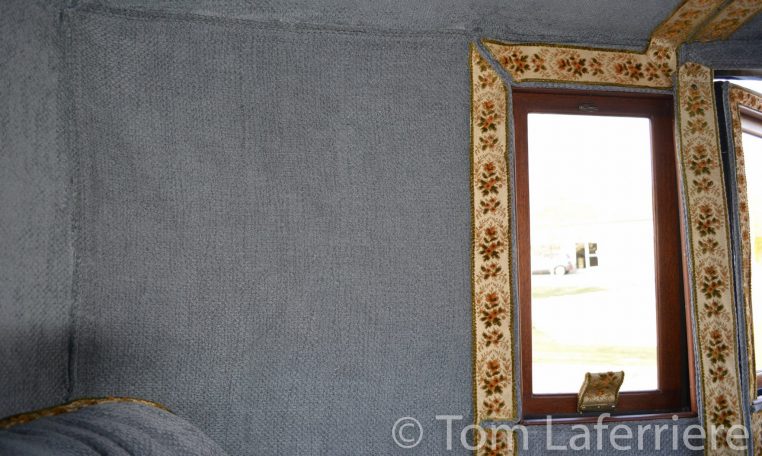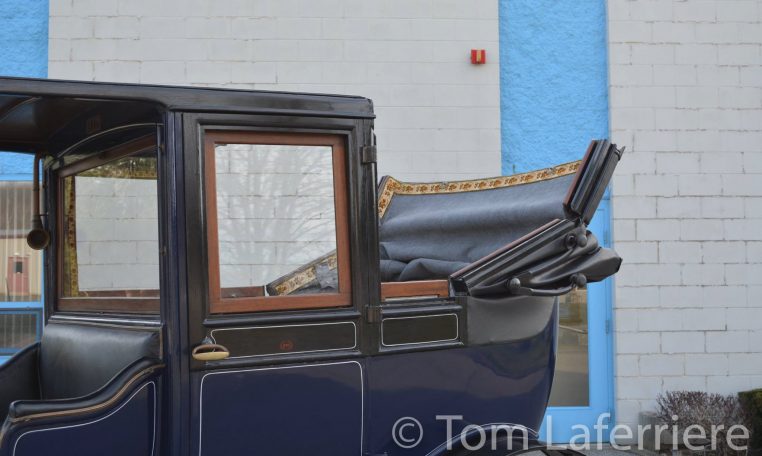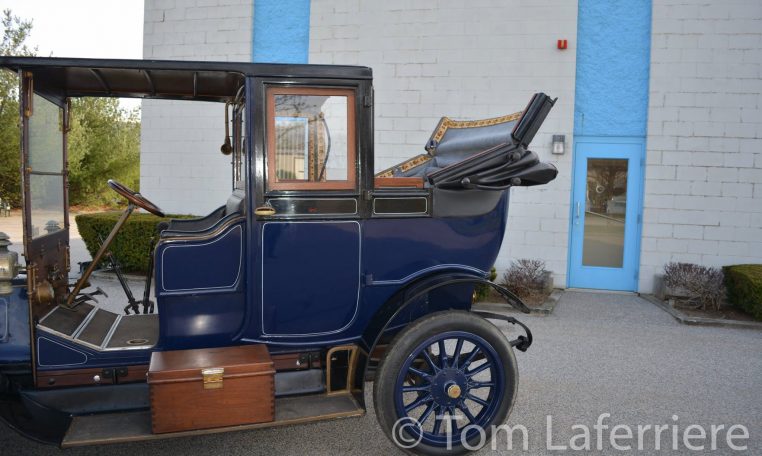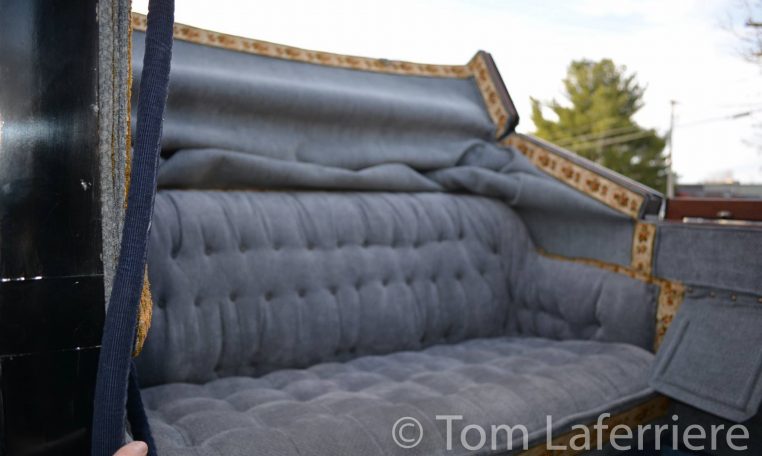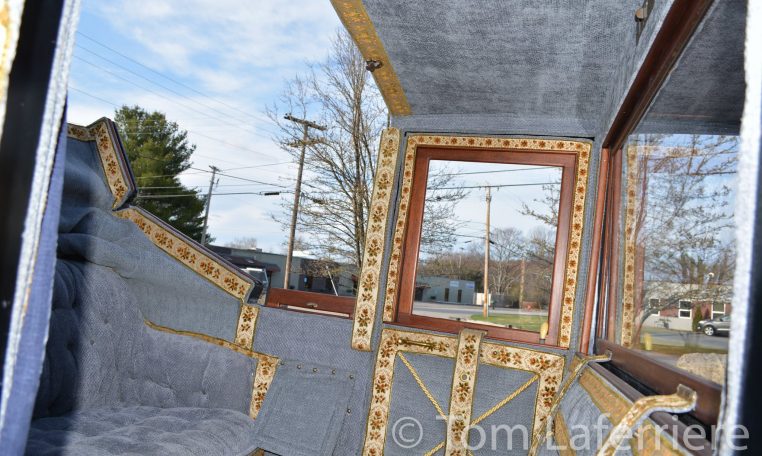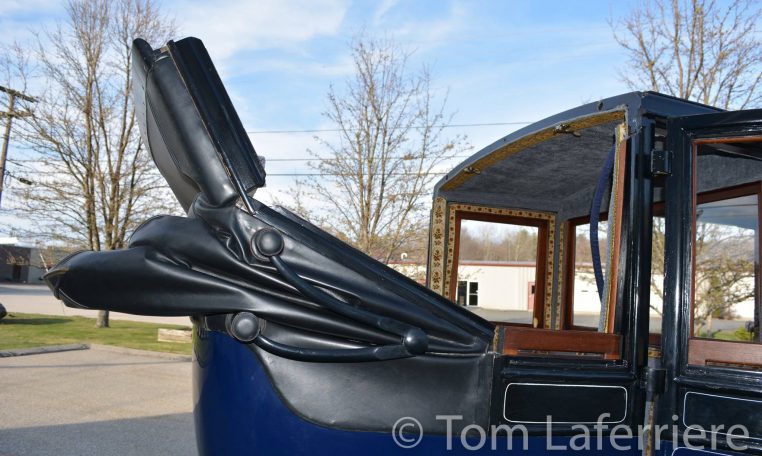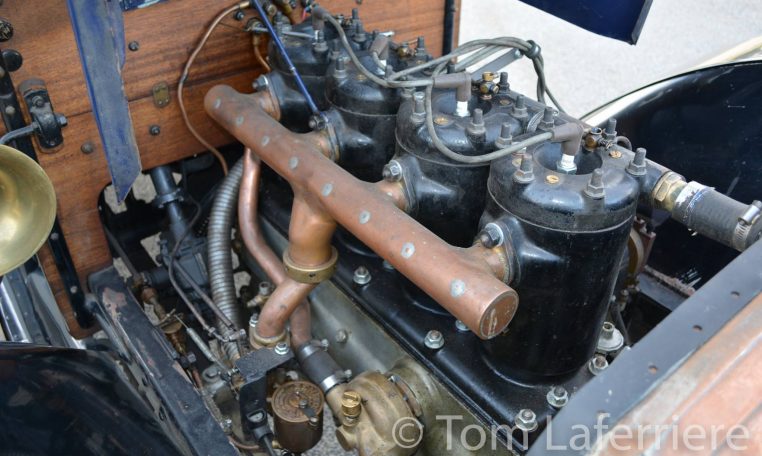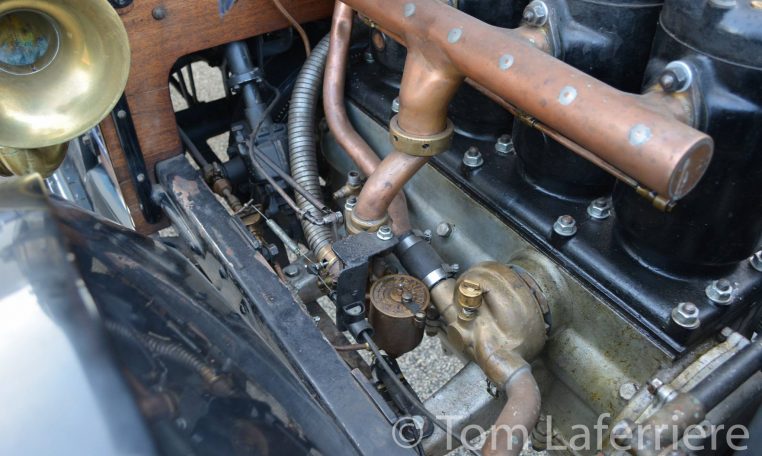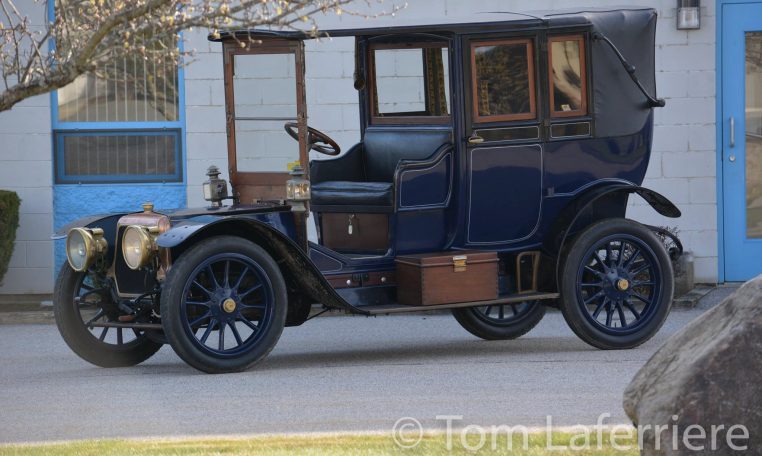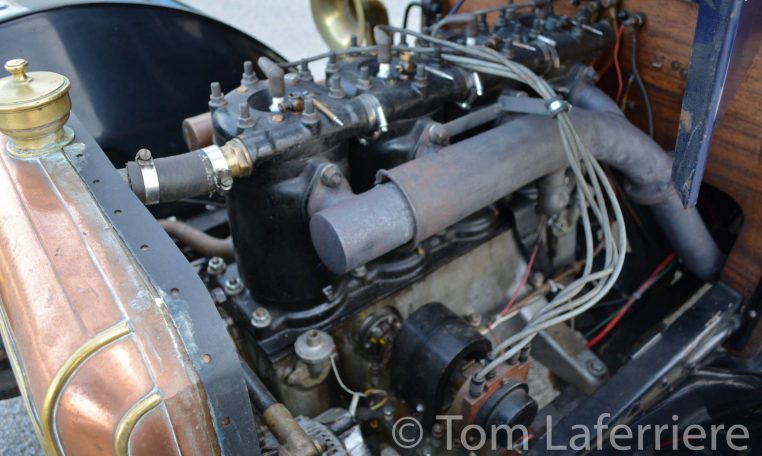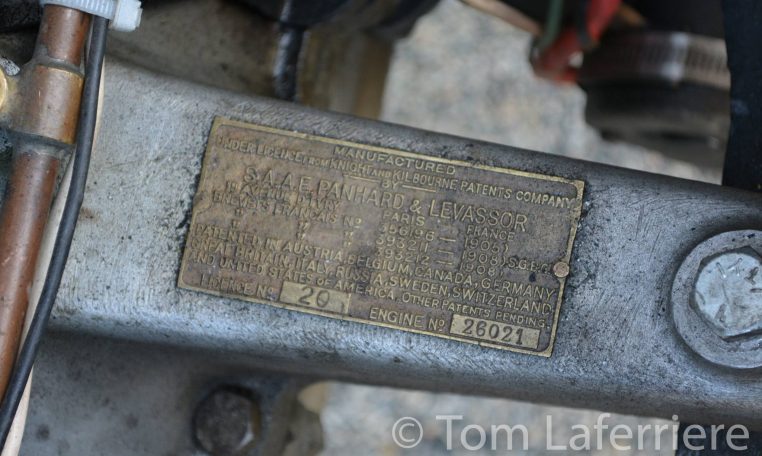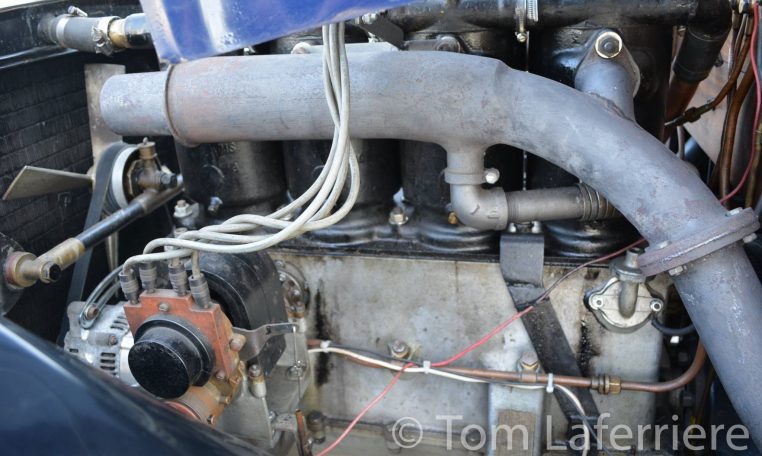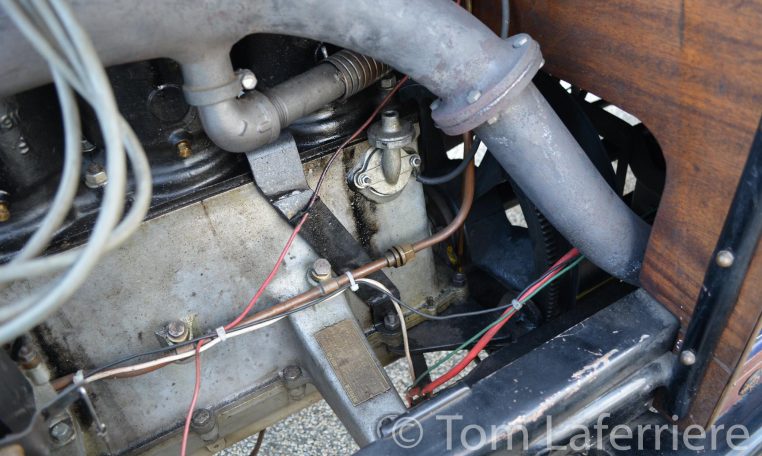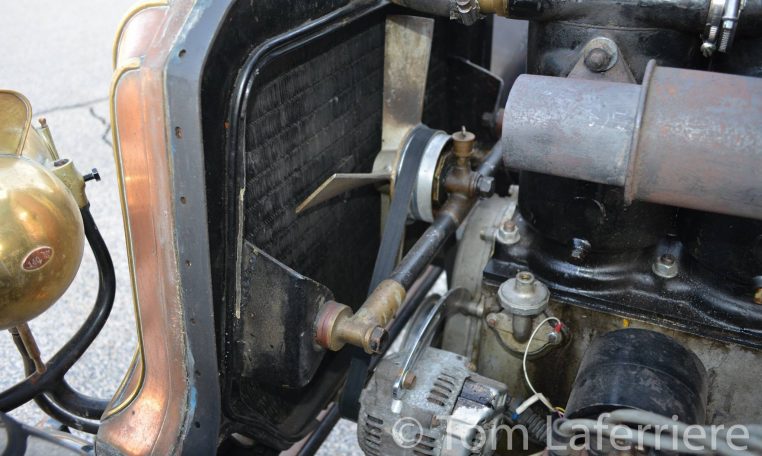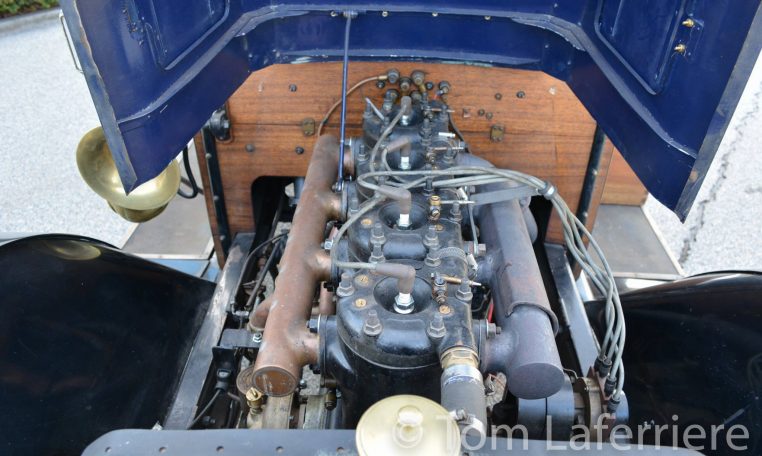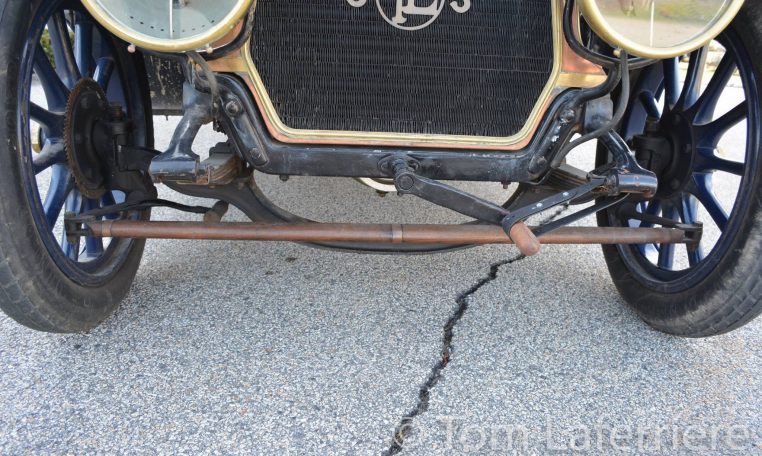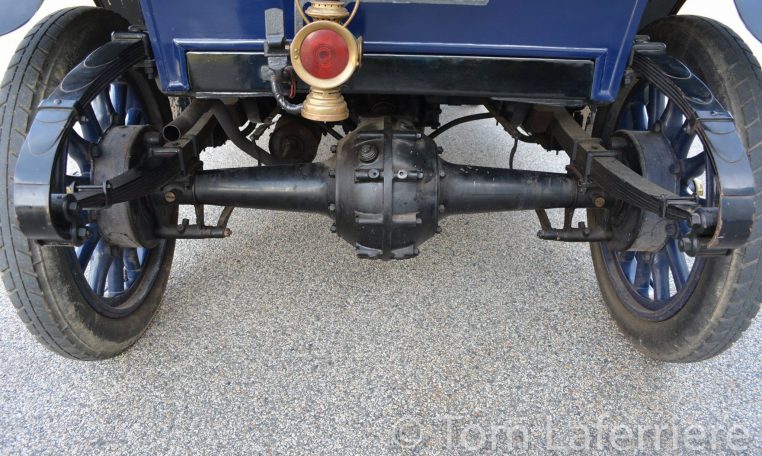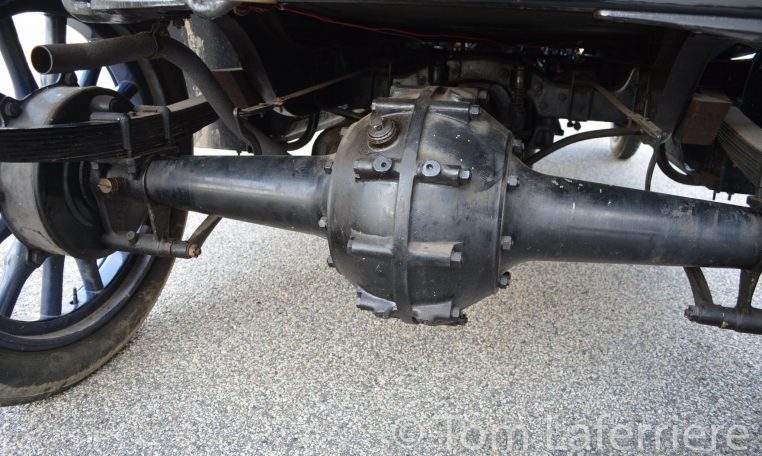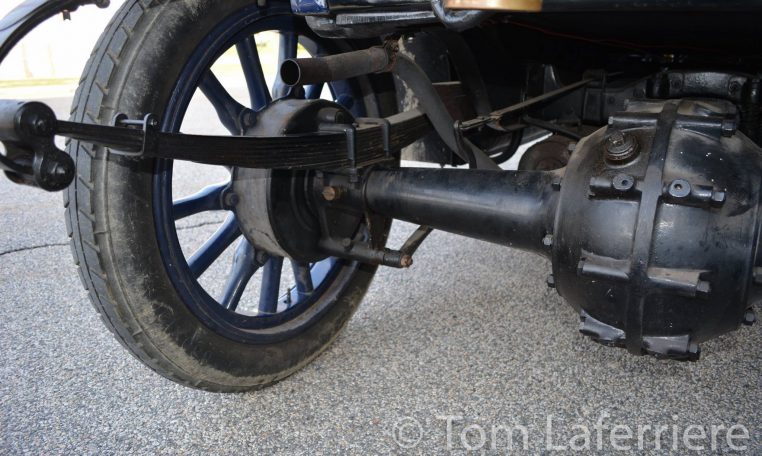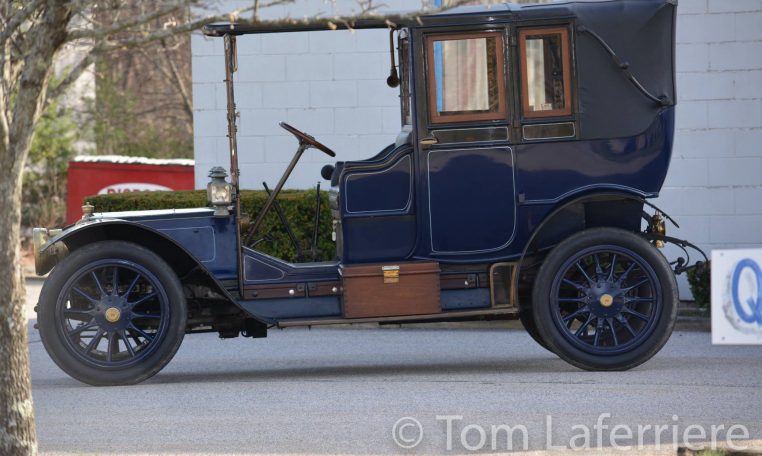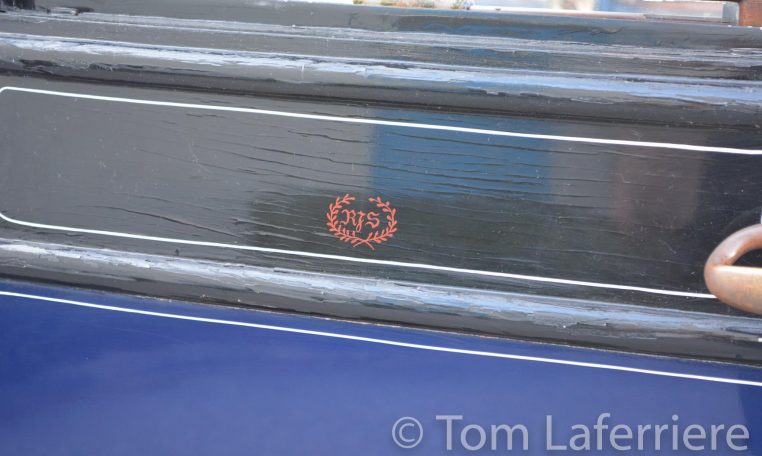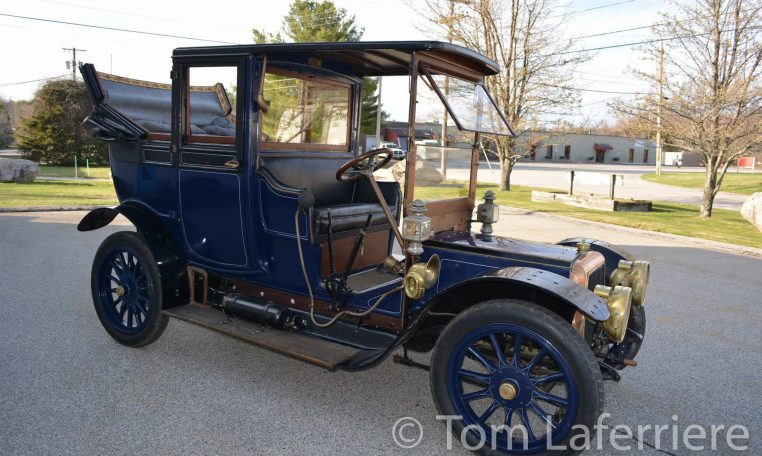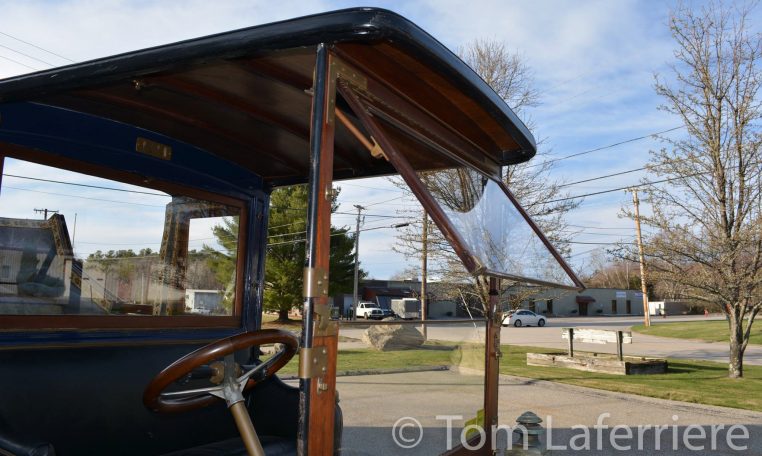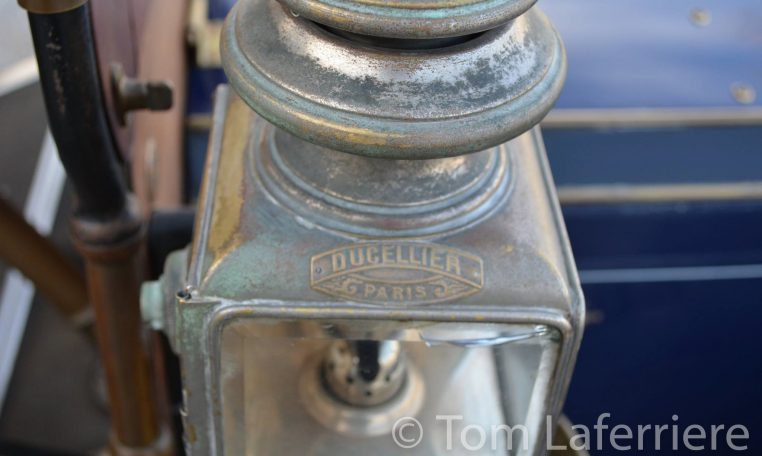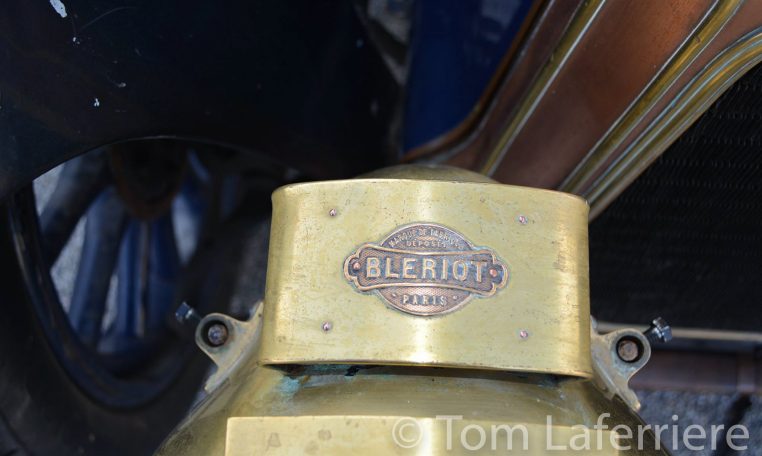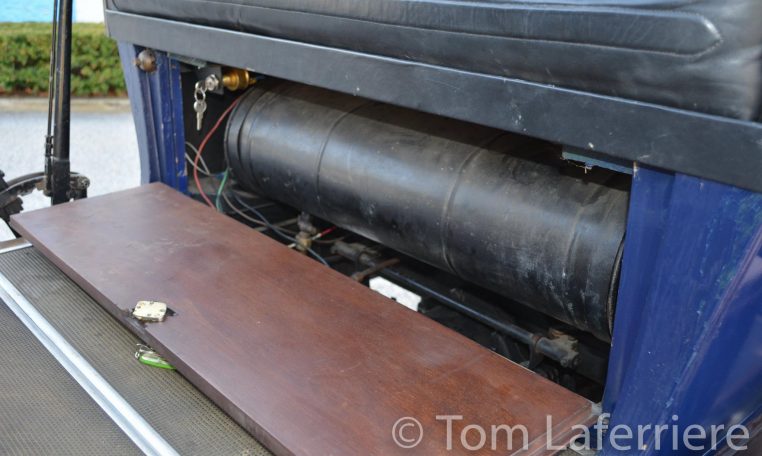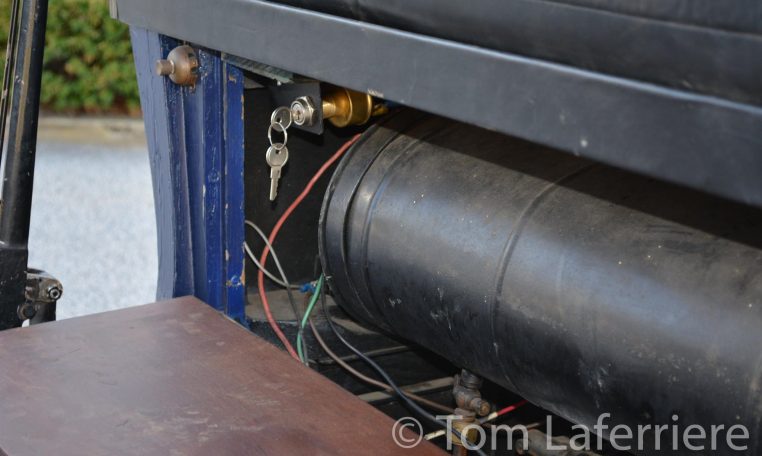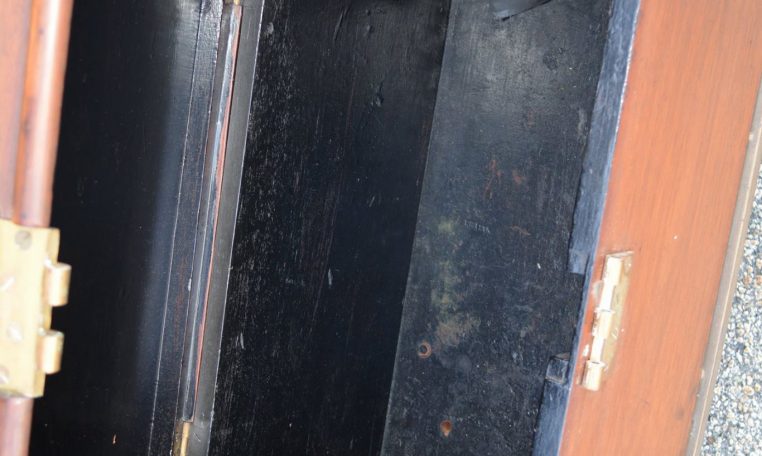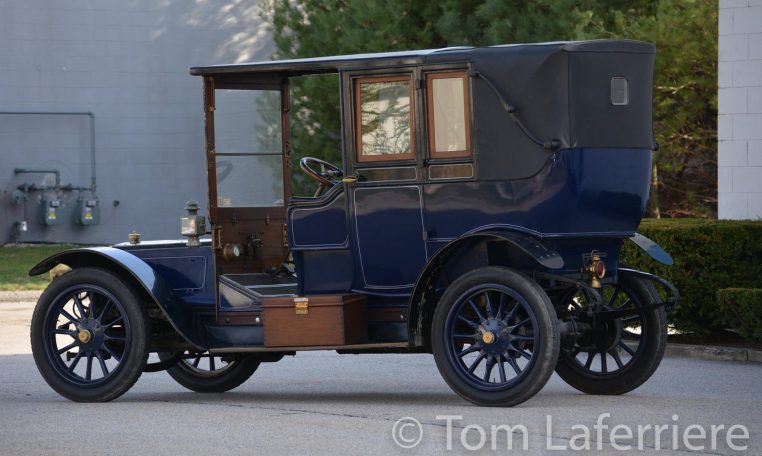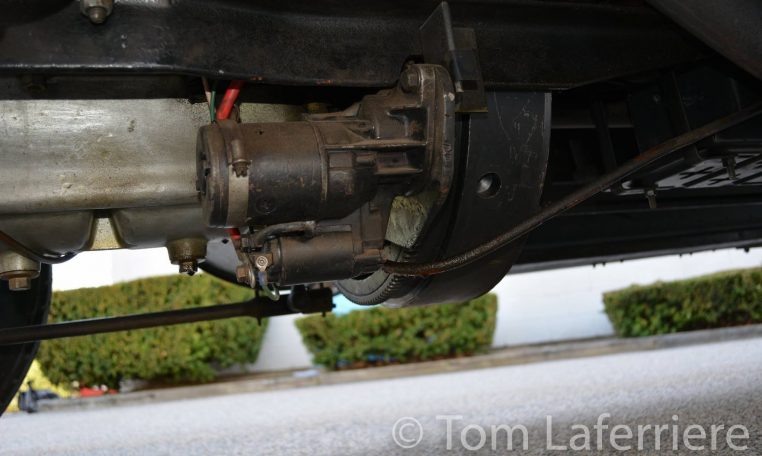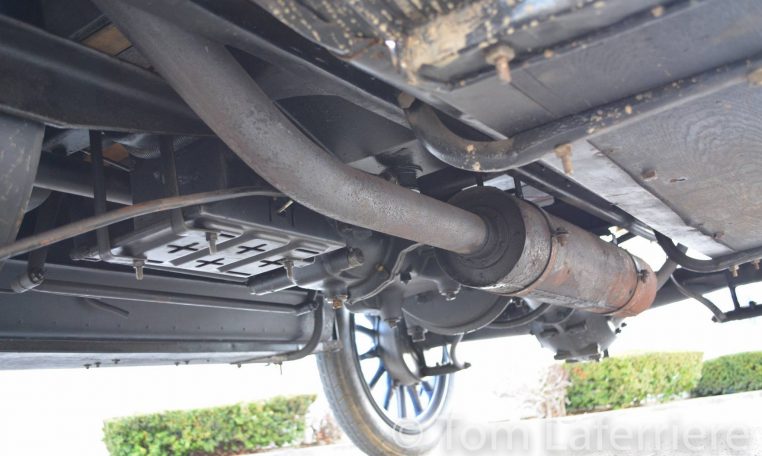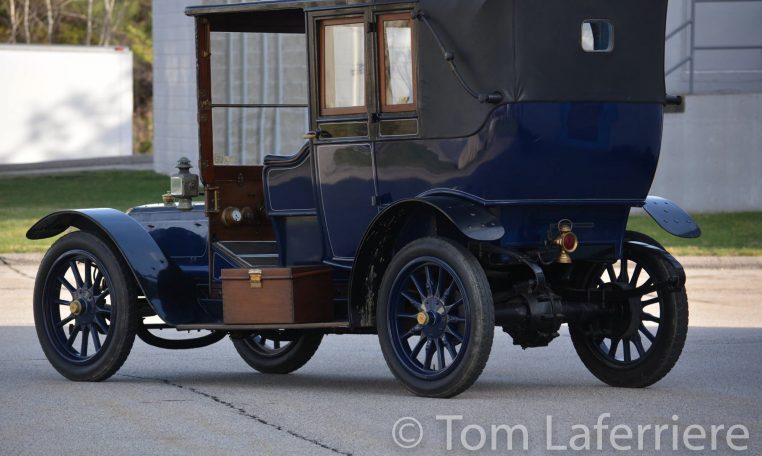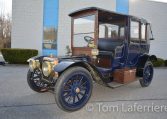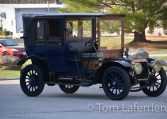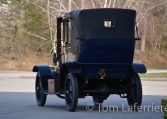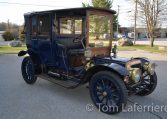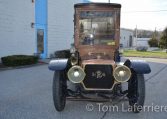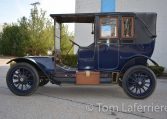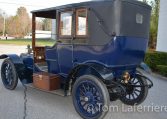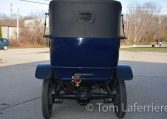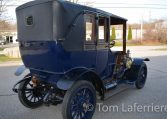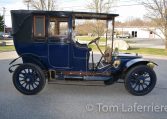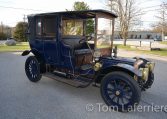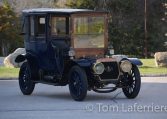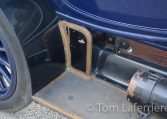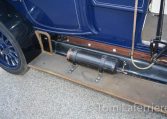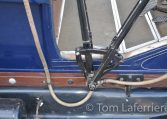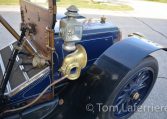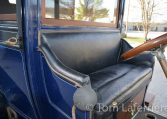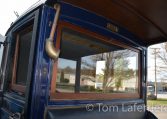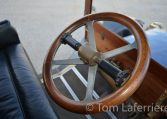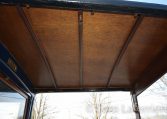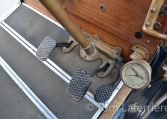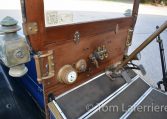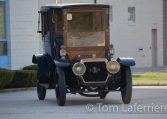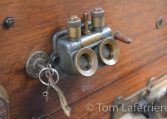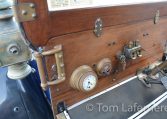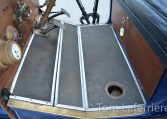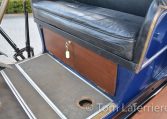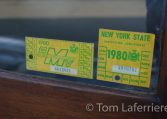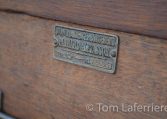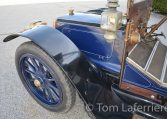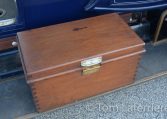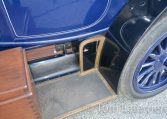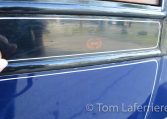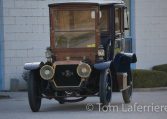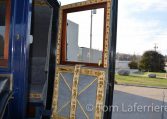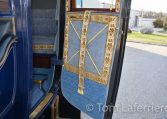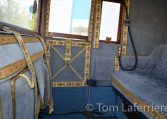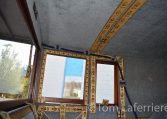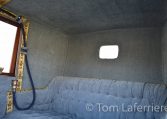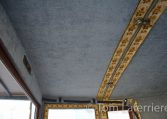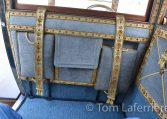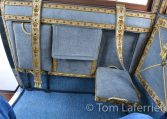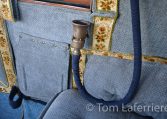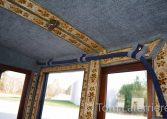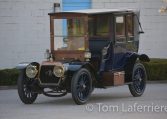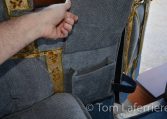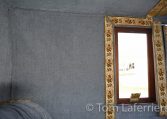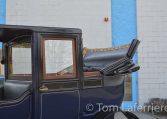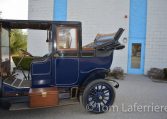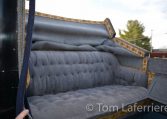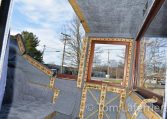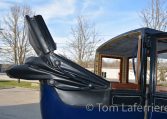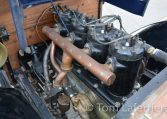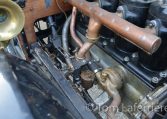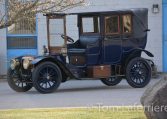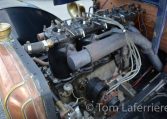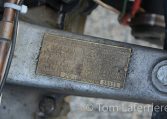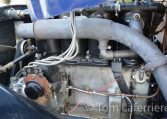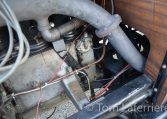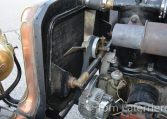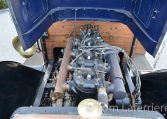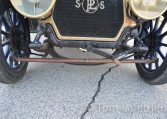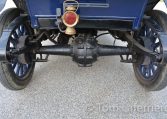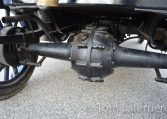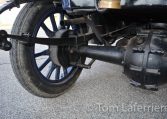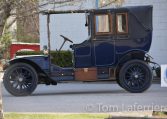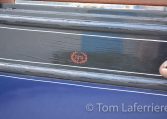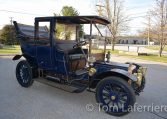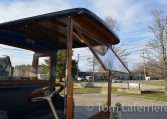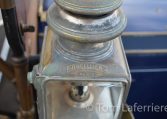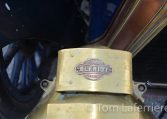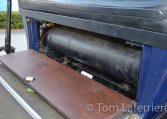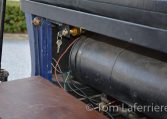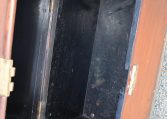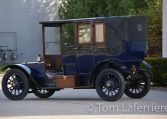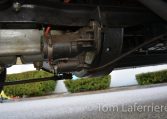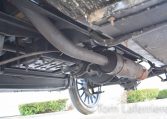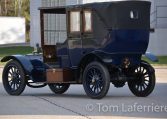1910 Panhard et Levassor X7
Incredibly Rare1910 Panhard et Levassor X7 Landaulet
Coachwork by Rothschild & Co.
Chassis No. 26021
Engine No. 26021
20 hp, 4,398 cc. sleeve-valve inline four-cylinder engine, four-speed selective transmission with shaft drive, solid front axle and live rear axle with semi-elliptic leaf springs, Transmission brake and two-wheel mechanical brakes. Wheelbase:
Although Gottlieb Daimler and Carl Benz, both Germans, pioneered the automotive internal combustion engine, it was the French who founded the world’s first auto industry. By 1900, more than 20 firms were turning out some 5,000 cars a year. The upstart Americans didn’t take over the world market until 1905, when their inexpensive, robust and reliable mass-produced cars captured the world’s attention.
Still, French cars remained the choice of many well-to-do Americans into the teen years, with prominent dealerships in major cities like New York and San Francisco. Among these was Société des Anciens Établissements Panhard et Levassor of Paris, established in 1899 but with a carriage-building heritage that dated to 1830. The company diversified into the manufacture of woodworking machinery, and then into gas engines. René Panhard and Emile Levassor began making versions of Gottlieb Daimler’s engines in 1887, and, searching for customers for their powerplants, they approached Armond Peugeot. Peugeot, a bicycle manufacturer, had been experimenting with self-propelled vehicles using the steam engines of Léon Serpollet. In March 1890, Panhard et Levassor’s Daimler engines were running in Peugeot’s quadricycles, but Emile Levassor found himself bitten by the bug. By September he had built a vehicle of his own. In January 1891 he made a 12-mile trip from Paris to St. Cloud and back. By the end of the year he had sold four cars and the following year his company issued its first automobile catalog.
Early on, Panhard et Levassor adopted the familiar front-engine – rear shaft drive formula, so much so that it gained the name Système Panhard, although chain-drive models remained in the catalog until 1916. The company was also on the forefront of wheel steering and tubed radiators. Chief engineer Charles Krebs was a visionary in the fields of carburetion and ignition. Panhard et Levassor were also among the first to compete in motor sports, entering the Paris races in 1894 and running each year in the Gordon Bennett races. They didn’t always win, but they were always competitive.
Their first heavy car was the Type Q of 1905, a four-cylinder 50 hp T-head design with a wood chassis strengthened by steel “flitch plates.” A six-cylinder car, the 65 hp Type U4, was introduced in 1908. In 1909, racing driver René de Knyff extolled to René Panhard’s son Hyppolyte, a board member and supporter of the company racing team, the virtues of the sleeve-valve engine in his new English Daimler. The Daimler Motor Company, British offshoot of Gottleib Daimler’s German concern, had, the year before, adopted an engine design pioneered by American inventor Charles Yale Knight. Knight had devised a pair of concentric sleeves with slotted openings to replace the ubiquitous poppet valves in internal combustion engines. No American automaker showed interest, so Knight took his invention abroad, where it found favor in England, being adopted by Daimler in 1908 for its entire range of cars. Panhard was more tentative, but had engineer Krebs ready a version for 1910. The result was the Type X7, of which this car is an excellent example. Impressed by the Knight engine’s silence and smoothness, Panhard took a license from Knight and named their version Sans Soupapes, French for “without valves.” The use of sleeve valves was increased in ensuing years, to the point that from 1924 to 1940 all Panhard cars were so equipped. Not until 1914 did the Knight engine reach the American public, when John North Willys introduced the Willys-Knight, which would be built until 1932.
Production of the Type X7 began in February 1910 and continued through October of the following year. A similar Type U9, with chain drive, was also built, but in smaller numbers. In all 450 X7s were built, just 113 of them in 1910. Of those, 44 were exported, among them this car. Factory records show that it was shipped as a fully-assembled chassis to the company’s New York branch on August 27, 1910.
Société Anonyme des Anciens Établissements Panhard et Levassor was established in New York City on December 3, 1903, by André Massénet. The company operated from 1881 Broadway in Manhattan, part of the city’s automobile row. Neighboring dealers were Pope-Hartford, Matheson and the Indianapolis Rubber Company.
Most Panhards delivered in France were bodied by J. Rothschild et Fils of Levallois-Perret, Seine. The firm dated back to 1838, when Austrian-born Joseph Rothschild opened a carriage-building shop in Paris. The first automobile bodies were built in 1894. Export business, however, largely comprised chassis bodied after arrival at their destinations. For Panhards in New York this was usually a derivative of the Parisian coachbuilding houses, the most prominent of which was operated by Maurice Rothschild. He had arrived in New York in 1903 as a representative of Audineau et Cie., another Parisian coachbuilder. His relationship to Joseph Rothschild is not known, but he operated the New York firm under the Audineau name from 1906 to 1908, after which it became Rothschild & Co. The bodies, particularly the landaulet style, of which this car is an excellent example, were built to the Rothschild patent designs. In 1910, the W.S. Seaman Company, a Milwaukee coachbuilder, took a license for the design and operated as Rothschild-Seaman Company for distribution in western states. The New York operation became Perfection Body Company in 1912, but continued to deliver the Rothschild designs.
The early life of chassis 26021 in America has been lost to history. By the early 1960s, it had been acquired by Long Island collector Walter McCarthy. It came with two bodies, the landaulet it now wears, and a tourer. McCarthy restored it with the touring body, sourcing missing items as necessary. He toured with it extensively, as described in the car’s chapter in Bob Stubenrauch’s 1967 book The Fun of Old Cars.
Walt McCarthy sold the car to Bob Scarsella of Cold Spring Harbor, New York, who re-installed the landaulet body. It subsequently was in the collections of Helmut Peitz in Portugal and Abba Kogan in the UK. It was then acquired by Coburn Benson of Limerick, Maine, who had the engine disassembled, cleaned, re-babbited and align-bored by a local machinist. Benson sold it to the current owner, who had the engine re-assembled by Rich Fazio in Bridgewater, Maine. The interior, which had become very moth-eaten, was replaced in the current style by Terri Crew.
The car starts easily and runs well, the task made easier by the unobtrusive installation of an electric starter. It idles smoothly and drives well through the gears. The clutch has been disassembled and cleaned, and operates very smoothly. An older restoration, with the exception of the interior, the car has the elegance of wisdom and the patina of age. The collapsing rear roof is nothing short of elegant; the lowering side windows exhibit woodworking at its best. Rare when new, it is certainly unmatched today, particularly in the United States. As such, it represents an uncommon opportunity to acquire an exceptional Brass Era car to show or drive.
- There are no features available
This automobile has been sold, thank you for your business!
